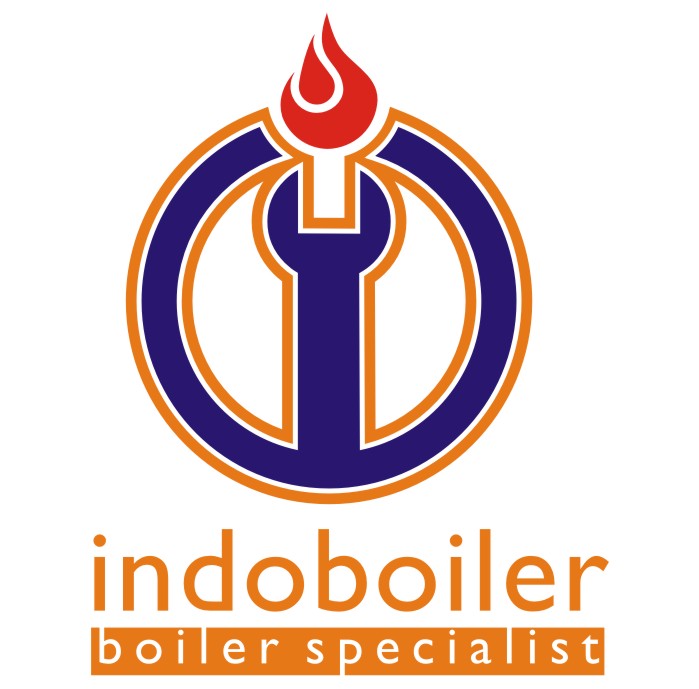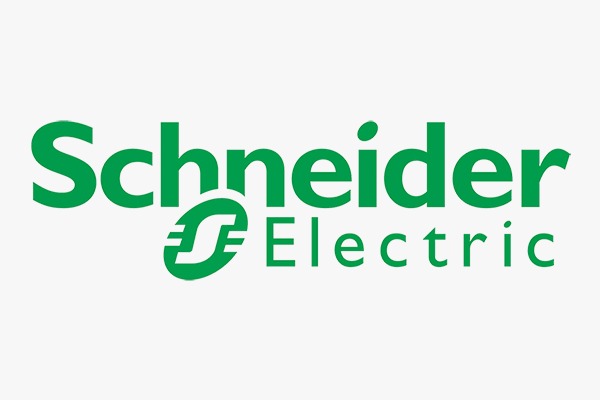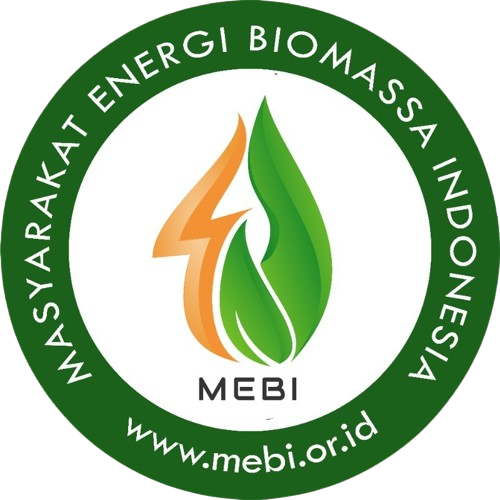EXHIBITING NAMES



























































THE ONLY DEDICATED AND COMPREHENSIVE TRADE SHOW FOR HEATING TECHNOLOGY IN INDONESIA
HEATECH INDONESIA covers the entire chain of heating technology, presenting solutions for both industrial and commercial use. Incorporating EXPO BOILER and EXPO BIOMASS, the show will highlight latest products and technology, offer knowledge and skill enhancing opportunity as well as regulatory updates.
EXPO BOILER focuses on product, service and technology from material, component, fabrication, all types of boiler, process handling and maintenance. EXPO BIOMASS underlines the importance of sustainability in heating technology, presenting options of biomass products to meet both industrial and commercial requirements.
Plan your participation now. Meet with industry professionals to share your latest products and technology.
Enquiry Here Now!iWHY HEATECH?
FOCUSED trade show in the industry for latest technology and innovation
HIGH potential market drive
RICH content and value of knowledge
PLATFORM for skills enhancement and experience sharing
THE MOST comprehensive range of product and service
VOICE OF SUPPORT
We have very good experience with HEATECH INDONESIA 2024 and we get a lot of inquiries. Hope to see everyone again next year.
Executive Director
ARROW ENERGY COMPANY LIMITED

The exhibition is good and professional, all dedicated companies are coming so we are able to meet our targets and customers. We are able to tap in many industries and we will join again next year.
Area Sales Manager
AYVAZ

Thanks for the invitation to visit HEATECH INDONESIA. We appreciate PT Media Artha Sentosa who are very helpful to us on this event. Moreover we can contact many vendors in Indonesia and International. The presentation was very good and very welcoming to all visitors. Areas are very nice. programs are also good. We also learned new technologies. The VIP visitors facility from arranging pickup and drop-off are also good. Once again, we thank PT. Media Artha Sentosa, We will always give our support. Thank you.
Asst. Manager Utility
BERKAH MANIS MAKMUR, PT

When we visited HEATECH INDONESIA, we got extensive information regarding heat management form vendors and booths at the exhibition. several service providers came to the company through our visit to the exhibition to help us save costs. this exhibition was very good for bringing us together as users and suppliers to be able to work together towards a more efficient and environmentally friendly industry.
Sustainability & Compliance Manager
EVER SHINE TEX, TBK, PT

HEATECH INDONESIA sangat berarti bagi perusahaan kami. Kami mendapat banyak insight dan dapat kesempatan bertemu dengan customer, kami membuka channel baru dari industri yang belum pernah kami temui sebelumnya. Terima kasih untuk HEATECH INDONESIA.
Director
SINERGI TEKNIK ABADI , PT

This is our first time to Indonesia and joining HEATECH INDONESIA and it has been a great experience for us, we want to understand about Indonesian market, get business partners and new contacts and we are able to get these things at this single platform. We thank you HEATECH INDONESIA for providing us with this opportunity to collaborate and partnered with stakeholders in Indonesia and help us to reach the right people. We would like to participate again. See you next year.
Chief Marketing Officer
STEAMAX

Vermeer is excited to be here at HEATECH INDONESIA for the first time. We look forward to supporting Indonesia’s initiative for clean energy and partnering with all companies that are exhibiting at HEATECH INDONESIA and look forward to coming back next year. Thank you.
Managing Director
VERMEER ASIA PACIFIC PTE LTD






























